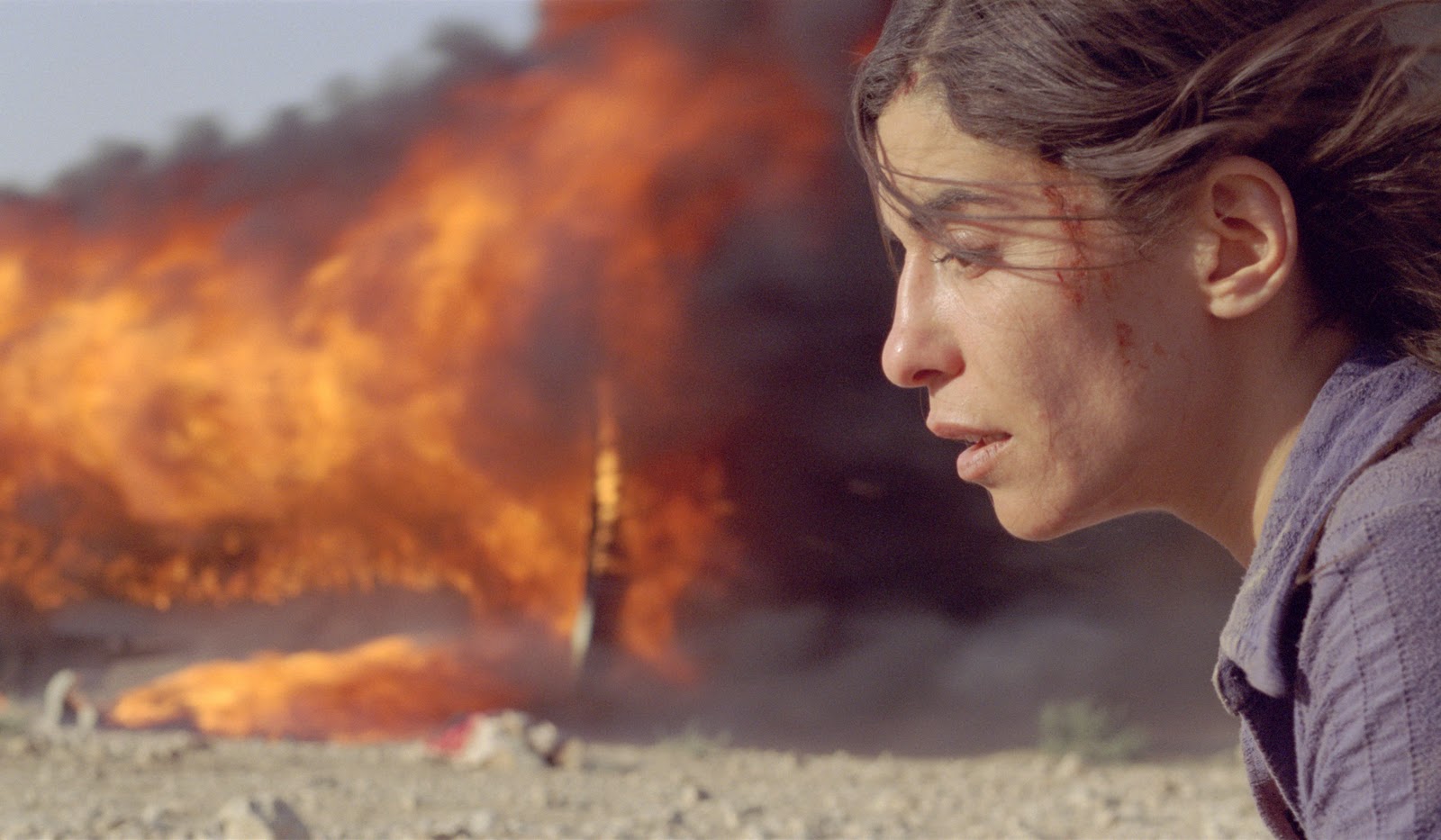
A dark ending doesn’t always mean a violent one. Sometimes the silence and ambiguity of an ending causes one to feel uneasy and unfulfilled by the story. A movie ending should solidify the themes and concepts that the film intended to interpret over the course of its scenes. In the case of these films, the ultimate theme that carries through is that real life is filled with tragedy, and that many times, it ends with it.
It would be unfair to write and break down the ending of each of these films if readers haven’t seen the films yet. This is why the following article is intended to provide a sense of the energy that each of these films carry with them, in hopes that it will urge readers to experience their ambitious attempts to project the dark realities of truth on film.
1. Dancer in the Dark

Bjork’s performance as the self-sacrificing Selma in Dancer in the Dark is one of the most gut wrenching, haunting journeys of a mother giving all that she has to provide a better life for her son. Selma and her son Gene travel to the United States from Czechoslovakia in hopes of living a better life. She works tirelessly in the assembly line of a factory to save money for an operation for her son. He is unaware of the disease his mother has passed down to him that will soon make him lose his eyesight.
Selma too is losing her eyesight, but tries to keep it a secret in order to not scare her son of her imminent incapability to provide for him. She hides her sorrow behind her deep love for musicals, and although her blindness is quite tantalizing, the idealistic, fantastical world of musicals radiates into her perspective, and into the way she transforms her life from a tragedy to a broken but beautiful song and dance.
Despite the depressing tone of the film, Selma embodies a pure innocence that is constantly shut down by the reality that she cannot control her destiny with money or love. The ending falls nothing short of scarring, stripping Selma of her freedom, of her sight, and ultimately of her son.
2. Brazil
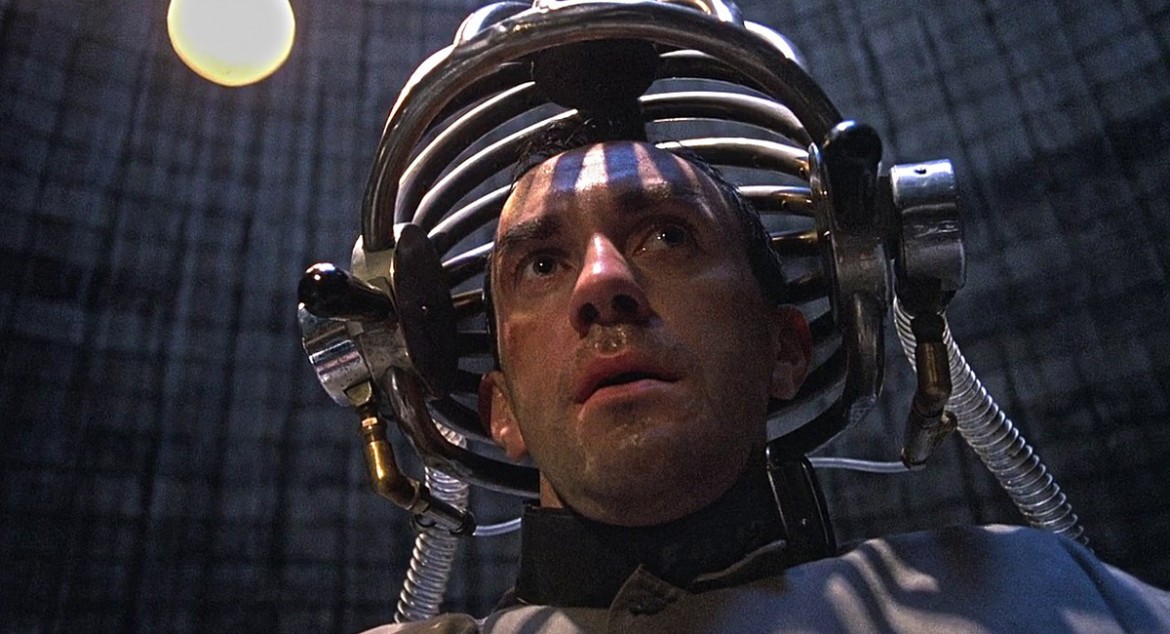
Brazil is thought provoking, it’s strange, but above all it is relevant in its reflection of a future revolving around technology. It runs through the wild possibilities of imagination and dreams, but also on the errors and excessive control that technology is able to impose on a civilization.
In this futuristic dystopia, the government has complete control and constant surveillance of its citizens, amongst them being Sam Lowry. Sam becomes a civil worker who is put on a fraud case. He becomes involved in an error that has accused a shoe repairman to get arrested for the crimes committed by a man named Harry Tuttle. After making the error, Sam tries to run from it, only to be hunted down by the government.
Amidst all of the commotion, Sam escapes his reality through his dreams. He continuously dreams about a woman with which he falls in love with and attempts to draw her in order to keep him with her. One day he miraculously finds her sees her in real life, and discovers her name is Jill. With her by his side, Sam continues to dream of escaping the dark realities of his life with Jill, going to a place far from control and the punishment they are about to impose on him for his errors.
The end puts weight on the importance of fantasies to cope with reality, as well as the way in which forces of power can use technology to control and diminish people to points of ultimate desperation.
3. Requiem for a Dream
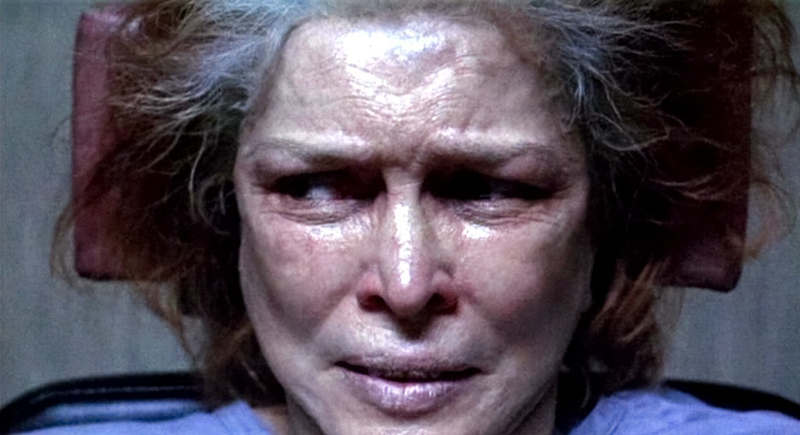
There is no doubt that the last ten minutes of Requiem for A Dream will absolutely shock every cell in your body. The shock effect comes from the slow pace of the film. Aronofsky is no stranger to building a story up only to completely blow your mind with its conclusion
There is no doubt that the last ten minutes of Requiem for A Dream will absolutely shock every cell in your body. The shock effect comes from the slow pace of the film. Aronofsky is no stranger to building a story up only to completely blow your mind with its conclusion.
Aronofsky’s sharp and quick use of camera is intended to shock viewers with a sense of paranoia and restlessness that starts with the beginning of the film, but only escalates to dramatic effect at the end. In the meantime, the plot keeps viewers focused on the disturbing qualities of drug addicts, and the different ways in which people can become addicted to drugs.
The main lesson of the film is that drug addiction does not affect any particular group. Young, old, male or female, it has no face, or rather, carries many faces. This film allows viewers to experience the different ways in which drug use penetrates people’s characters and eventually their physical bodies in ways that make them lose absolute control over themselves.
It is a ride like no other. Somehow, the film embodies a pace similar to that of reality, beginning slow and unintimidating (the way in which drugs enter people’s lives), then taking the same explosive and unexpected turn that changes one’s life (in this case, where drug addiction has stolen every ounce of pride and joy from a once happy human being). Viewers bear witness to four people crumbling into the delusional and grimy situations that seem quite impossible to come back from.
4. Taxi Driver
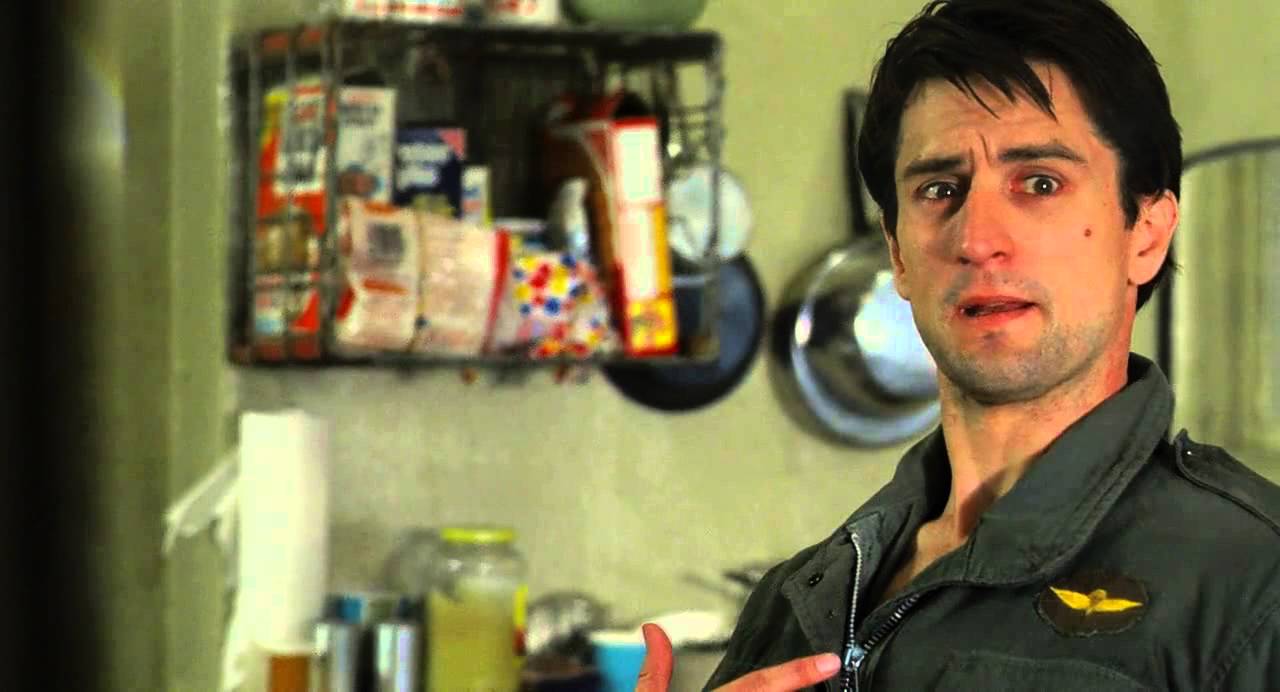
Where does one begin when talking about Taxi Driver? To say the least, the film explores the mind and life of an ex veteran working as a nighttime taxi driver in New York City, struggling with his own sanity. Travis Bickle is an insomniac, drowning in loneliness and a depressive attitude towards the disturbing and corrupt society in which he lives. Travis carries with him a sense of deep isolation, lacking any sort of ambition to connect with others or be involved as a citizen of the world. He has a difficult time finding meaning or a significance to his existence.
Over the course of the film, his violent nature and mental instability is painted on the surface, but there are enough instances in the film where his good intentions are apparent. The tragedy of his life comes from the fact that no matter what he tries to do, the depression that rules his thoughts diminishes him to a helpless man with a broken soul. This makes viewers pity Travis instead of understand the circumstance of his nature. It’s unfortunate that no matter how much Travis may want to bond with others, they either don’t want to help him, or his bitter paranoia stops him from even trying.
The end of the film is nothing short of his delusional nature, and explores the realities of a man, lonely and distraught, finding validation only in his own fantasies.
5. Chinatown
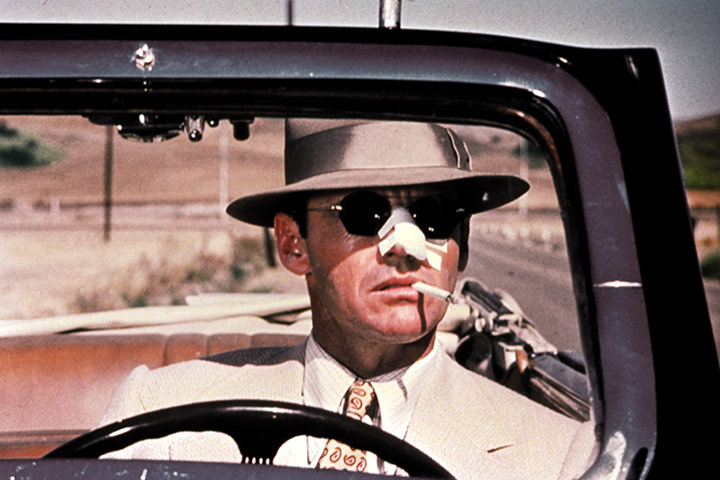
Chinatown is another renowned classic, an iconic film that is still studied for its impeccable script, but also for its realistically unsatisfying ending. It has an eerie tone that is fueled by strange events that seem to add up at every discovered clue, until plot twist, they don’t.
Jake, a detective, is hired to spy on a woman’s husband in order to see if he is cheating on her. From this plot point on, viewers believe they are solving one mystery while within this storyline, is many others. Jake goes down a rabbit hole of murders and deception, ultimately ending up in the same place that he started at the beginning of the film. He is unable to help people or serve justice for the crime and corruption happening in Chinatown.
The ending leaves viewers reflecting on corruption, and how easy it is for people in positions of power to get away with crime. Another key element of the film is how neighborhoods, such as Chinatown, become so corrupt. Is it because citizens don’t care about Chinatown due to its crime rate, or is it the neglect of law enforcement that causes it to be this way? It also regards themes of inescapable fate, or the idea of feeling like you have control over things when in reality, you don’t. The inescapable pain that comes with Jake’s inability to save those who deserve to be saved enhances the transcendent tragedy of his experiences.